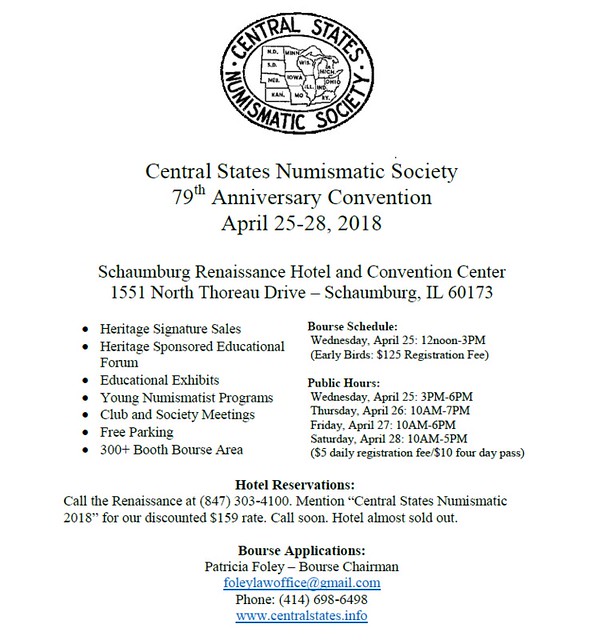
PREV ARTICLE
NEXT ARTICLE
FULL ISSUE
PREV FULL ISSUE
ON THE AMERICAN ARTS GOLDDennis Tucker submitted these thoughts on the American Arts Gold Medallions. Thanks! -Editor
I would like to offer a few thoughts and clarifications on Dick Johnson’s discussion of the United States Mint’s American Arts gold medallions, in the 3/25/2018 edition of The E-Sylum. He gave them as an example in his definition of “Bullion Medal.” Dick writes, “The series continued for four years, but ceased for lack of demand.” A quick read of that sentence might suggest the American Arts medallions made up a four-year program. Just to clarify for the casual reader: Dick noted that the series was introduced in 1980, so I suppose it’s technically accurate to say it “continued for four years” after that year. The series ran from 1980 through 1984, for a total of five years. To say that the series “ceased for lack of demand” isn’t accurate. It was designed and legislated to be a five-year program, so it would have lasted five years whether it was a success or a failure. (As it happens, by nearly every measure it was the latter.) It would be more accurate to say the series failed, not ceased, for lack of demand. However, even that isn’t a completely fair analysis. The program succeeded in the sense that everyone who wanted an American Arts gold medallion got one (assuming they could afford to buy one). The “failure” comes from the measure of how many people wanted them—not very many! Compare that to some of today’s modern Mint products, where many people want them, but only a small number are able to buy them before they sell out. That situation, too, might be deemed a failure.
In my book I make the case that the American Arts gold medallion program was a crucial part of the nation’s learning curve as we moved from Depression-era restrictions on gold ownership into the modern era of a robust, dynamic, and popular U.S. bullion market. Seen in this light the program was if not entirely successful, certainly important. Congress and the Treasury Department were feeling their way toward what would become the world’s best-selling gold-bullion series.” If you want to collect American Gold Eagles, you should learn about the American Arts gold medallions. As a side note: these medals are best described as medallions, even though they might not fit the popular definition of “a large medal.” Their legislation was the American Arts Gold Medallion Act, 1979, and the Treasury, Mint, and GSA all used the term medallion. For more information on Dennis' book, see: Dick Johnson submitted this response. Thank you! -Editor
I stand by what I wrote. I do believe the American Arts series of gold medals was a failure. If it was successful, the Mint would have found a way to continue the series for the profits it could accrue. Granted the Mint was obligated to do what Congress orders and Congress is not privy to how and what numismatic items should be marketed. It should have been obvious, however, that offering a medal in gold, versus a similar size item with a denomination – a coin – the coin would have more appeal, even to a bullion metal buyer. The overwhelming success of the American Eagle silver dollar as a silver bullion item is an excellent case in point. It is unfortunate for the famed Americans portrayed on the failed American Arts series. How much better it would have been to issue an Arts series in art medals. Portrait art medals similar to the private Hall of Fame series, or the Society of Medallists series with their variety of patina finishes, prove this could be done by the Mint. While the Mint does not have a finishing department capable of applying patina finishes in a variety of colors, this could be contracted to private industry. Members of the Citizens Commemorative Coin Advisory Committee have repeatedly called for art medal issues to the Treasury Department’s deaf ears. Use of the term “medallions” for the American Arts series, from the Congressional name for the Act, to current discussion, is not surprising. Congressmen, as well as the public do not use numismatic speak. Both still use “penny” for cent. That doesn’t mean numismatists should do the same. Here’s my response: When discussing numismatics To read the earlier E-Sylum article, see:  Wayne Homren, Editor The Numismatic Bibliomania Society is a non-profit organization promoting numismatic literature. See our web site at coinbooks.org. To submit items for publication in The E-Sylum, write to the Editor at this address: whomren@gmail.com To subscribe go to: https://my.binhost.com/lists/listinfo/esylum All Rights Reserved. NBS Home Page Contact the NBS webmaster 
|
